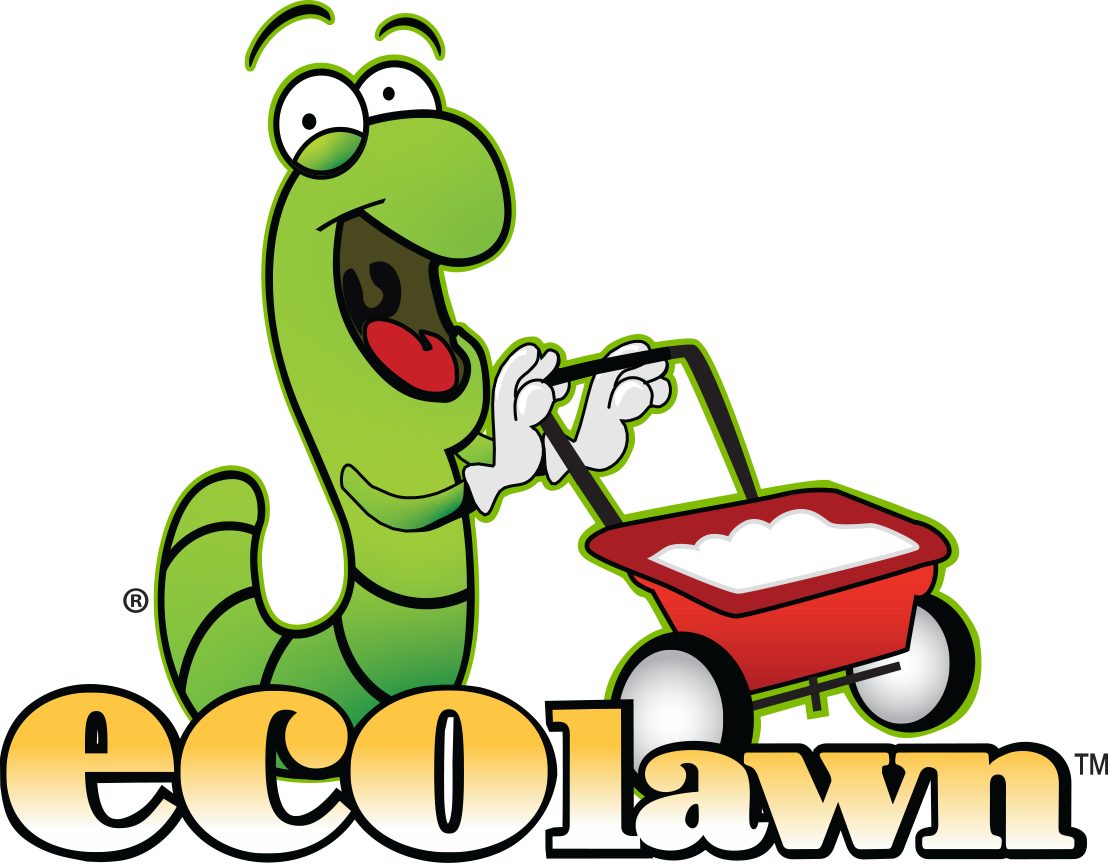Home » Uncategorized »
Late Spring Lawn Care: Preparing Your Lawn for a Lush Summer in Ohio

Birds are chirping, flowers are blooming, and the urge to spend more time outdoors is undeniable. But as an Ohio homeowner, you know that a beautiful summer lawn doesn’t appear by magic. It takes a little late spring TLC to transform your yard from patchy and dormant to a lush green haven for summer relaxation.
The good news? With a few key steps, you can kiss those lawn care worries goodbye and spend your summer soaking up the sun (and maybe even wiggling your toes) in your own
thriving patch of lawn paradise!
Mowing Techniques and Ideal Lawn Heights
A lush, healthy lawn doesn’t just happen by chance. Regular mowing plays a crucial role, but preparing your mower before diving into the season and understanding the ideal grass height for optimal lawn health is important. Let’s explore key mower prep steps and why maintaining a certain grass height is essential for a thriving lawn.
The Right Mowing Height
If you haven’t already started mowing, you should have an initial mow of the season on its middle height setting. This allows the mower to lift out some of the debris, leaves, and junk that’s been sitting there all winter.
Then, after your first mowing, set your mower on its tallest setting available. Most mower height settings use numbers instead of inches. Here’s how to ensure an even cut:
- Set your mower to the tallest setting.
- Grab a tape measure.
- With the mower on a level surface, measure the distance from the bottom of the mower blade to the pavement. This is your actual cutting height.
- Edge vertically rather than at an angle to ensure that your edges are kept at the same exact height as your lawn.
Here are the advantages of keeping your lawn a bit taller:
- Defender Against Weeds: A healthy lawn with taller blades shades the soil, preventing weeds from sprouting. This reduces reliance on weed control products and keeps your lawn greener naturally.
- Builds Strong Roots: Mowing too short stresses the grass, weakening its roots and making it more susceptible to disease and pests. Keeping it at a height of four inches allows the roots to grow deeper, creating a stronger and more resilient lawn that can better fend off these threats.
- Provides Shade: Taller grass acts like a natural shade for the soil, reducing moisture evaporation. This translates to less frequent watering needs, saving you time and money on your water bill.

Now, how frequently should you mow? You will have the best results when you mow as needed rather than stick to a strict schedule. A good guide is to not remove more than ⅓ of the grass blade at a time. Taking off too much can cause your lawn stress, which is exactly what we don’t want to do as we head into our warm season.
Getting Your Mower Ready
Whether you’re an eager lawn enthusiast or a weekend warrior with your mower, here’s a quick pre-season prep checklist:
- Spruce Up: Give it a good cleaning. Lubricate all the cables and wheel adjustments.
- Sharpen Up: Replace your mower blade or sharpen the existing one.
- Fuel Up: Check the oil and replace it with fresh gas (or charge your battery).
- Heighten Up: Set your mower to the middle height setting on all wheels.
- Pump Up: Inflate the tires to the recommended pressure, replacing any air lost over winter.
The Key to Watering Your Lawn
Just like anything else in nature, your lawn’s thirst depends on the soil and the weather. Generally, 1.5” of water per week should be applied early in the morning every other day.
Of course, rain doesn’t always cooperate. Supplementing with watering is key, and deep, infrequent watering is best. Aim for roughly 20 minutes every other day to deliver the right amount of moisture. But how do you know exactly when and how much water is needed? Here are some simple tests you can do at home:
- Rain Gauges: Find one at your local hardware store. Place it in an open area on your lawn, near your sprinkler system, and free from obstructions. Run your sprinklers for 20-30 minutes, then check the gauge to measure the collected water. This tells you how much water your sprinklers apply in that timeframe.
- Screwdriver Test: After watering, push a screwdriver into an area of your lawn to check how deep the water has soaked into the soil. If it glides in easily, the soil is moist. If it encounters significant resistance, it’s dry and needs additional watering. Remember that you’re aiming for 6-8 inches of moist soil.
- Walk Test: Need a quick check for watering sufficiency? Simply walk across your lawn. If the grass blades spring back up quickly, they’re adequately moist. Blades that stay flattened might need more water.
It’s important to note that you shouldn’t water in excess. Too much wet and saturated grass can promote brown patches or dollar spots and other fungal diseases. Overwatering can also make your lawn more prone to pests like grubs and mosquitos, which are attracted to standing water.
Addressing Pests and Lawn Health
This time of year often brings unwelcome visitors to our lawns: moles and voles. Let’s explore how to identify their presence and the damage they cause.
Moles
Moles are primarily insectivores, spending their days underground hunting for earthworms and grubs (which can be a problem themselves!). While their tunneling aerates the soil, it can also disrupt the root systems of plants, causing wilting and even death. Additionally, the molehills they create as they excavate detract from your lawn’s appearance and can be tripping hazards.
Voles
On the other hand, Voles are herbivores with a diverse plant-based diet that includes grasses, roots, bulbs, and even tree bark. Their gnawing habits can girdle the base of trees and shrubs, ultimately killing them. They also construct surface runways through vegetation, further damaging ornamental plants and crops. Their rapid reproduction rates can lead to population explosions, causing extensive damage.
Combatting these Critters
Both moles and voles can be challenging to eradicate completely. Their presence can even attract unwanted predators like snakes and birds of prey, leading to further complications. Effective control often involves a combination of trapping, habitat modification, and deterrents to minimize their impact on your landscape and its productivity.
While we don’t directly treat moles and voles, we understand the importance of a holistic approach to lawn care. We partner with trusted vendors to ensure our clients receive the best possible service for these specific pests. We’re proud to recommend NEO Wildlife Removal in Mentor, Ohio, for mole and vole control solutions.
But keep in mind that while we do not treat for moles or voles, we do offer Perimeter Pest Control services to tackle a variety of other common pests, including ants, spiders, earwigs, millipedes, centipedes, and more!
Partner with Ecolawn All Season Long
Ready to spend less time worrying about your lawn and more time enjoying it?
Contact Ecolawn today for a free quote! We’ll help you achieve a lush, soft green lawn you can wiggle your toes in! 👣
FOLLOW US FOR MORE LAWN CARE TIPS
Complimentary Consultation
"*" indicates required fields

